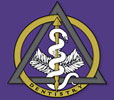Dental Braces
Dental braces (also referred to as braces, dentistry cases, or cases) are devices utilized in dental orthopedics that align and straighten teeth and facilitate position them with reference to a person’s bite, whereas conjointly planning to improve dental health. They’re usually accustomed correct underbites, further as malocclusions, overbites, open bites, deep bites, cross bites, crooked teeth, and varied different flaws of the teeth and jaw. Braces is either cosmetic or structural. Dental braces are usually utilized in conjunction with different dentistry appliances to assist widen the surface or jaws and to otherwise assist in shaping the teeth and jaws.
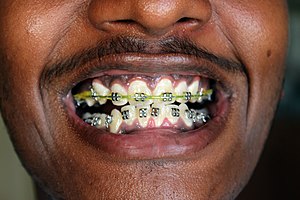
Types Of Braces
Metal braces/Traditional braces
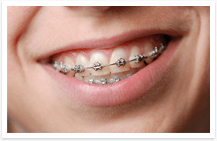 These are the metal brackets and wires that almost all folks image after they hear the word “braces.” However, fashionable brackets area unit smaller and fewer noticeable than the ill-famed “metal-mouth” braces that a lot of adults keep in mind. Plus, new heat-activated archwires use your body heat to assist teeth move additional quickly and fewer painfully than within the past.
These are the metal brackets and wires that almost all folks image after they hear the word “braces.” However, fashionable brackets area unit smaller and fewer noticeable than the ill-famed “metal-mouth” braces that a lot of adults keep in mind. Plus, new heat-activated archwires use your body heat to assist teeth move additional quickly and fewer painfully than within the past.
Pros: Least valuable type; coloured bands provide children an opportunity to precise themselves
Cons: Most noticeable form of braces
Ceramic Braces
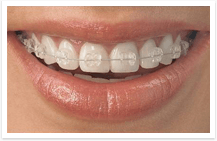 Ceramic braces are an equivalent size and form as metal braces, except that they need tooth-colored or clear brackets that mix in to teeth. Some even use tooth-colored wires to be even less noticeable.
Ceramic braces are an equivalent size and form as metal braces, except that they need tooth-colored or clear brackets that mix in to teeth. Some even use tooth-colored wires to be even less noticeable.
Pros: Less noticeable than metal braces; move teeth abundant quicker than clear plastic aligners (Invisalign)
Cons: More valuable than metal braces; Brackets will stain simply if patients don’t look after them well.
Lingual Braces
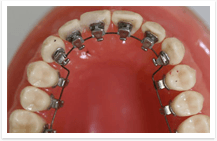 Lingual braces are an equivalent as ancient metal braces, except that the brackets and wires are placed on the within of teeth.
Lingual braces are an equivalent as ancient metal braces, except that the brackets and wires are placed on the within of teeth.
Pros: Invisible from outside
Invisalign
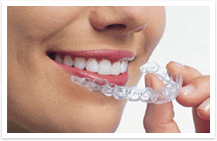 Invisalign consists of a series of eighteen to thirty custom-made , mouth guard-like clear plastic aligners. The aligners are removable and are replaced each a pair of weeks.
Invisalign consists of a series of eighteen to thirty custom-made , mouth guard-like clear plastic aligners. The aligners are removable and are replaced each a pair of weeks.
Pros: virtually invisible; Patients will eat and drink no matter they require
Cons: won’t work for serious dental problems; solely out there for adults and youths, not children; More expensive option; is simply lost and expensive to replace; treatment could probably take longer.
Difficult to clean; additional expensive; not acceptable for severe cases; is additional uncomfortable at first; regular changes take longer and area unit tougher than with ancient braces

